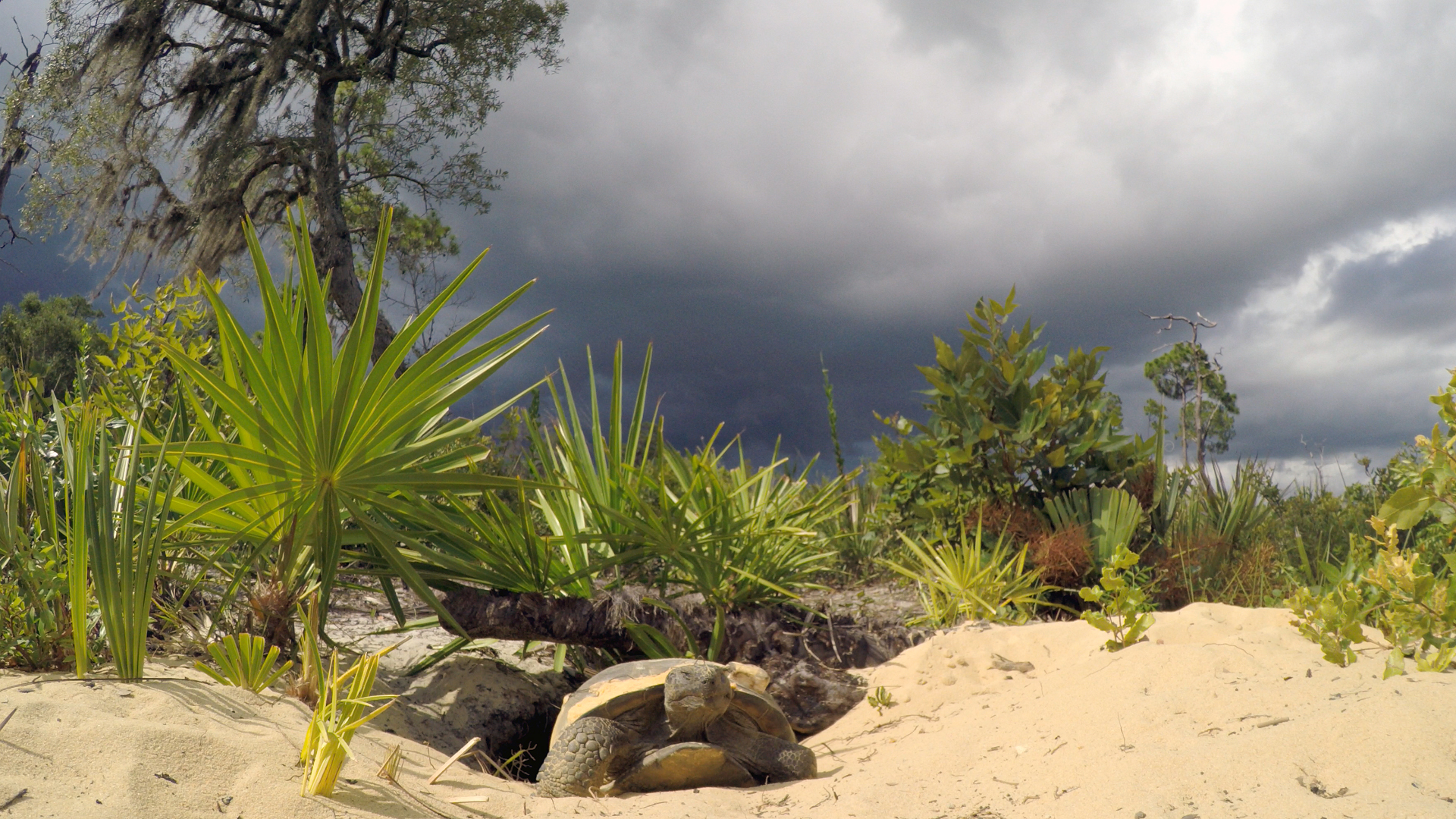
ESA donates $12,000 in environmental offsets to Florida’s Archbold Biological Station
To offset the environmental cost of bringing ecologists to the 101th Annual Meeting in Fort Lauderdale, FL., ESA is contributing $5 for each person attending to support a biodiversity hotspot in the region When over 2,400 individuals from across the United States and around the globe convene for a scientific conference such as the Ecological Society of America’s (ESA) meeting in Fort…